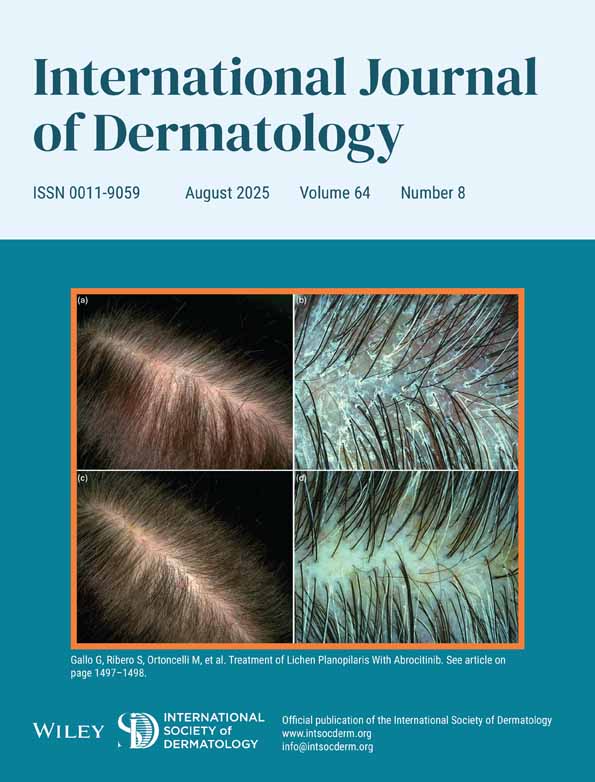HELISTAT ABSORBABLE COLLAGEN HEMOSTATIC SPONGES IN CUTANEOUS SURGERY IN HIV–1+ PATIENTS
The opinions or assertions herein are the private views of the authors and are not to be considered as official or as reflecting the views of the department of the Navy, or Army, or the Department of Defense.
Abstract
Background. While biopsies are often required for adequate diagnosis of skin lesions in HIV–1 infected patients, these procedures result in the possible exposure of medical personnel to blood and contaminated instruments. To reduce exposure of medical personnel to contaminated needles we have used collagen sponges instead of sutures to control bleeding from punch biopsy sites in HIV–1 infected patients.
Methods. A collagen sponge was placed in all punch biopsy sites in HIV–1 infected patients. In cases where there was clinical evidence of local infection the sponges were removed 5–6 minutes after hemostasis was obtained.
Results. In over 500 biopsies in which Helistat collagen sponges were used, there have been no cases of secondary infection, and there have been no delays in healing.
Conclusions. We believe that the use of these sponges provides a high degree of safety for the physician, which may assure that the commonly atypical clinical lesions seen in HIV–1 disease are biopsied. In addition, these sponges provide hemostasis, particularly significant in this patient population, and convenience, without a significant risk of secondary infection, and may provide some benefit in healing.




